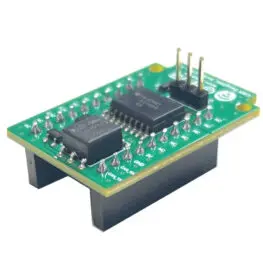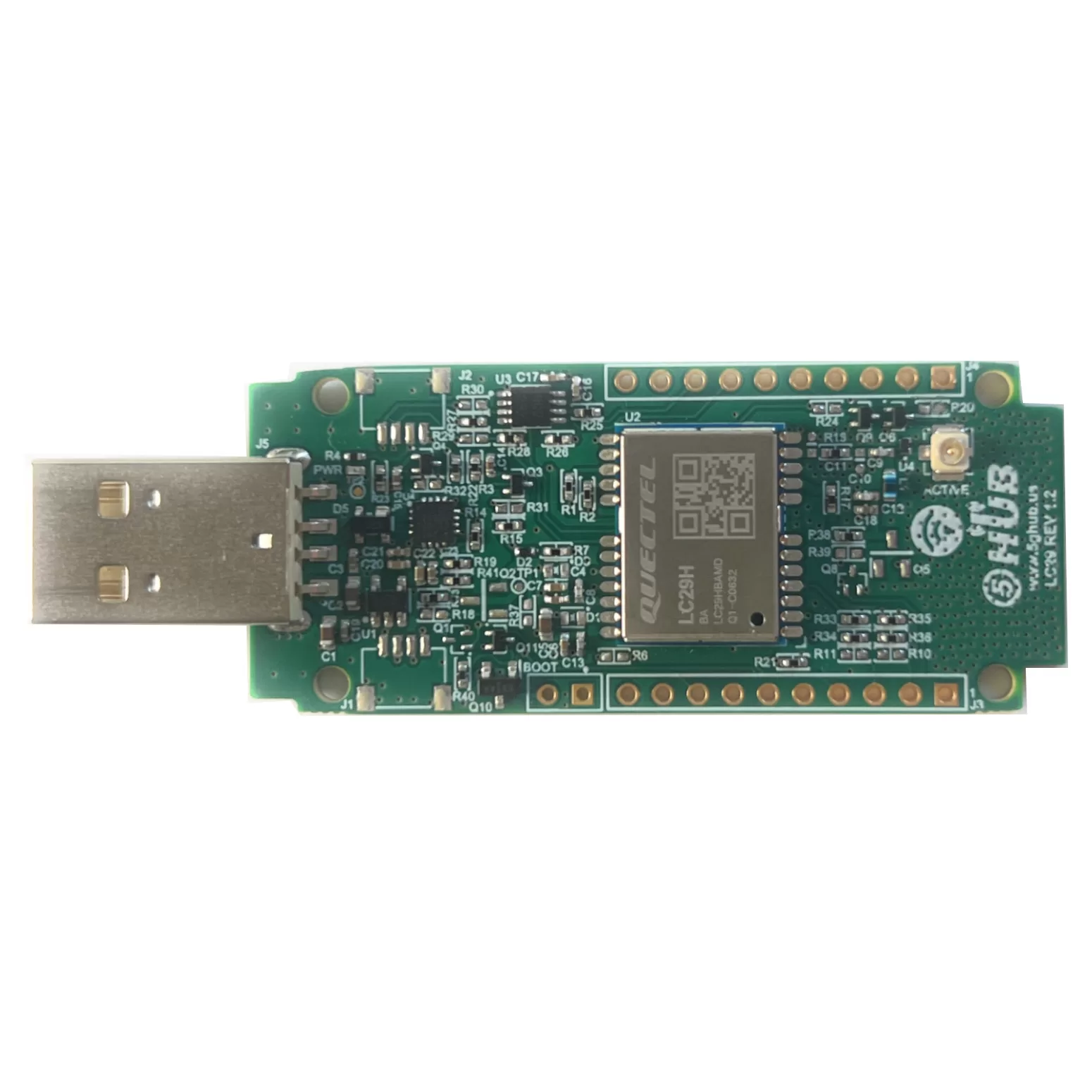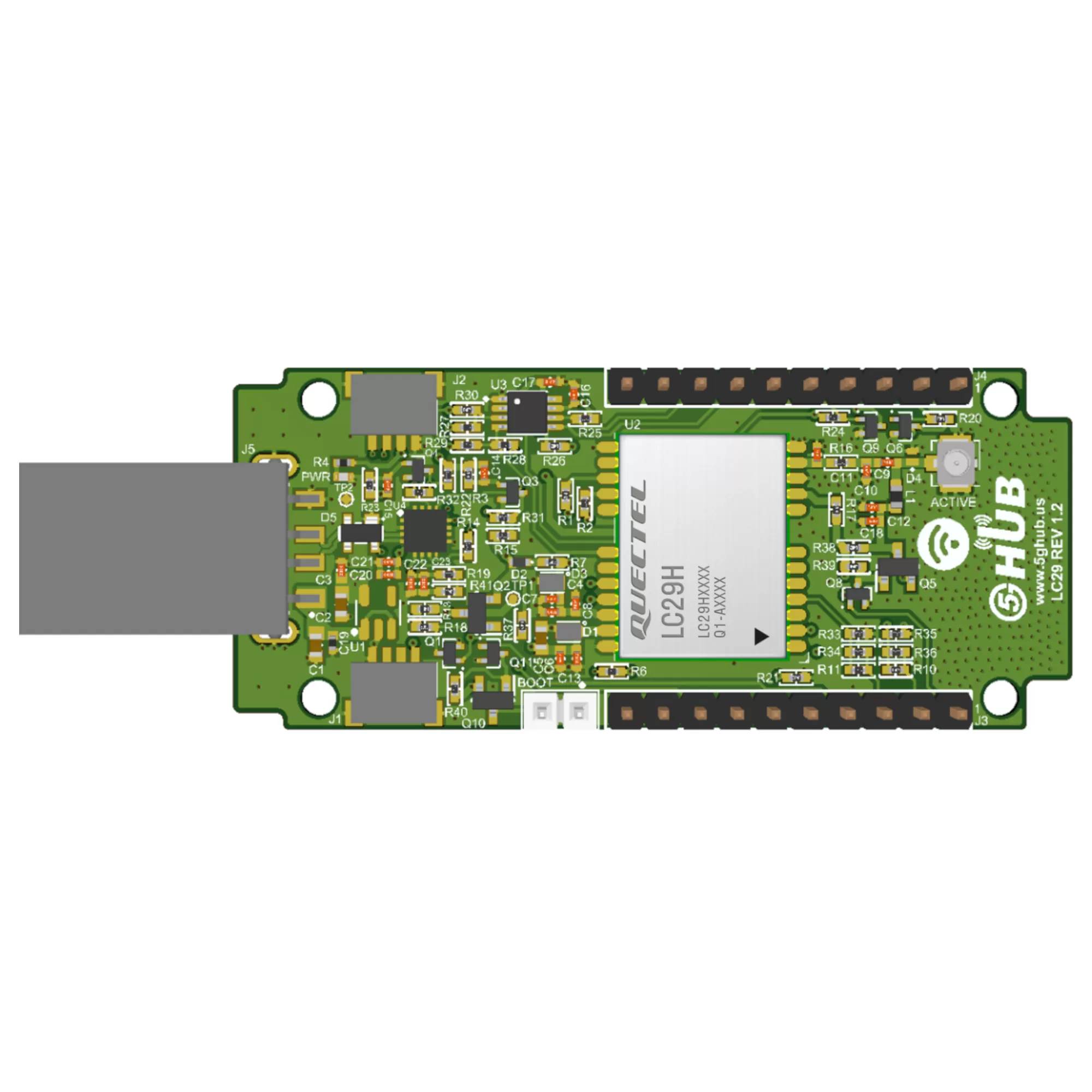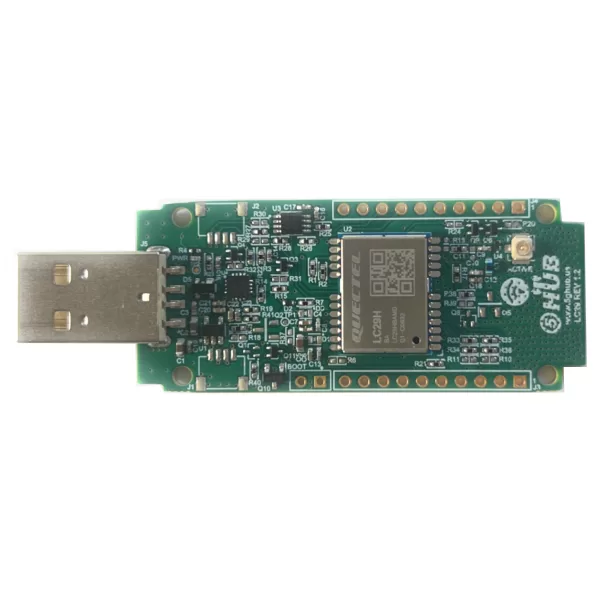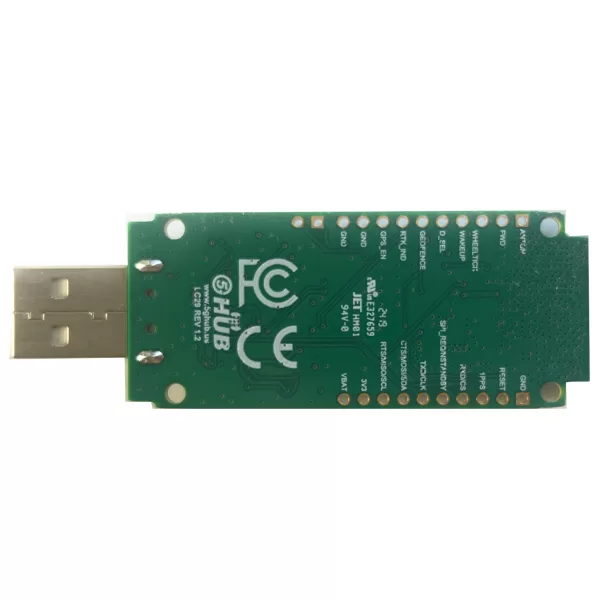Description
This GNSS USB modem is a GNSS with Dead-Reckoning (DR) and Real-Time Kinetics (RTK). It is powered by Quectel LC29H.
It supports multiple global positioning constellations, GPS, GLONASS, Galileo, BDS and QZSS.
GNSS USB modem supports the following key features:
- Dual-band and multi-constellation GNSS module and featuring a high-performance, high reliability positioning engine, which facilitates fast and precise GNSS positioning capability.
- Include an integrated 6-axis IMU and support sophisticated dead-reckoning algorithms, fusing the IMU data with the GNSS data to provide continuous tracking solution in GNSS impaired environments.
- Includes an RTK position engine in order to provide cm-level positioning accuracy.
- Can be used as a base station to generate RTK differential correction data that can be transmitted over radio or over cellular connectivity to become a part of a NTRIP network.
- Support AGNSS feature that significantly reduces the modules’ TTFF, especially under lower signal conditions.
- Embedded flash memory provides the capacity for storing not only user-specific configurations, but also future firmware updates.
- Can be embedded in your application.
The GNSS USB supports two DR modes: ADR (Automotive Dead Reckoning) and UDR (Untethered Dead Reckoning). In ADR mode, the module relies on speed data from the vehicle and the onboard 6-axis sensor for enhanced accuracy in environments with nonexistent GNSS coverage. The UDR mode does not require speed data. The firmware automatically switches to UDR mode if no speed data is injected upon module power-up. The module obtains vehicle speed data through wheel-ticks or direct vehicle speed data output (m/s). There are two wheel-tick injection methods: 1) injection through the WHEELTICK pin, with a maximum distance increment of 0.05 m per pulse; 2) cumulative wheel-tick injection through the UART interface, with a minimum injection frequency of 10 Hz, and a maximum distance increment of 0.05 m per pulse. The direct vehicle speed output can only be injected through the UART interface, with the minimum injection frequency of 20 Hz, and the maximum error of 0.1 m/s between the injected speed and actual speed.
The GNSS USB support the Dead Reckoning technology. By combining satellite navigation data with wheel speed, gyroscope and accelerometer data, the module obtains continuous and high accuracy positioning in weak signal environments such as tunnels and urban canyons when the vehicle state (e.g., speed, forward direction or vertical displacement) changes, or even when the satellite signal is partially or completely blocked.


